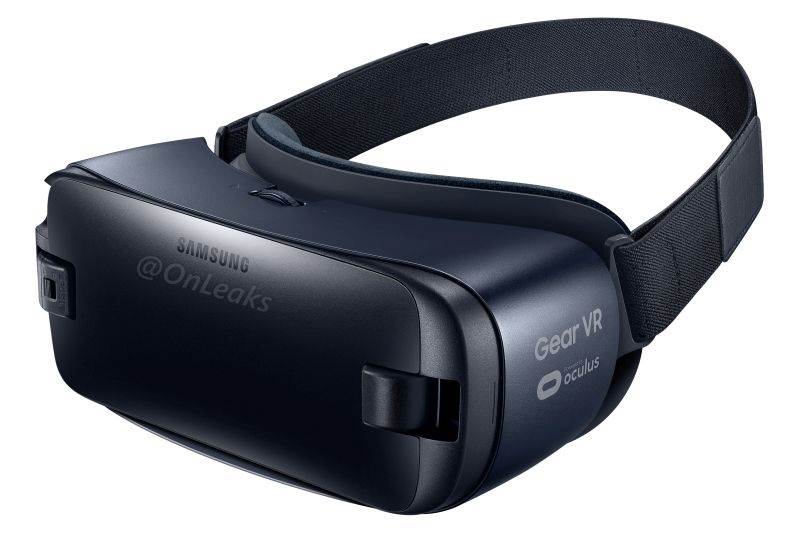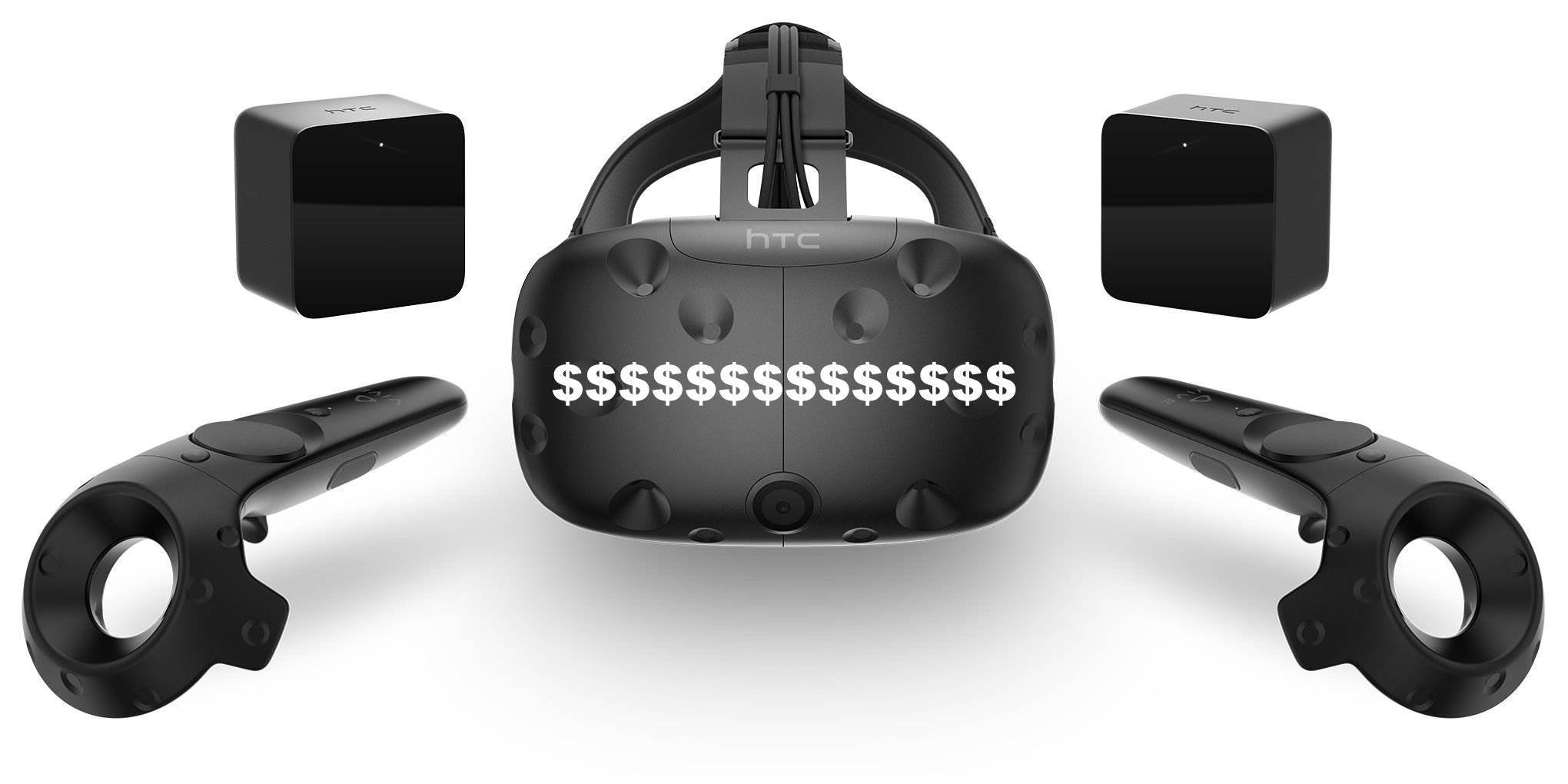Just as with the advent of mobile gaming and early access, there has been a glut of games for VR. The list of VR compatible games on Steam alone is over 500. Oculus has its own store with its own exclusive. When the PlayStation VR launches next month, there will be a glut of games there as well. All that will be left is for Scorpio to release and all major platforms will be covered for VR.
It would make sense then for Singaporean studios to capitalise on the growth of VR.
With the industry projected to be worth over S$200billion in the next years it would be crazy not to, right? However, it isn’t quite so simple for smaller game studios in Singapore to get into this market. VR is not like developing for the mobile market, which is what the majority of studios develop for here. Just what are the potential issues facing Singaporean developers?
Cost of VR development

source: newsreportcenter.com
Development cost is always something of a concern for smaller game studios. However, because of the sheer number of independent studios working on VR, the tools have been set up to enable even the smallest of small developers a chance to make a VR title. Unity Technologies, which powers everything nowadays from I Am Bread to the mobile equivalent of heroin Pokémon Go is powered by their engine. Part of their ubiquity is the decision to release the software for free, which lowers the barrier of entry. With recent updates to allow for VR game development, this is unlikely to change soon.

image courtesy: blogs.unity3d.com
Unity is not the only one. Unreal 4 is free for use (until you actually make money off of your game) and has VR capabilities. SteamVR has been made free recently for developers to the user as well. There are plenty of choices when it comes to powering your VR game without breaking the bank.
The main issue then is not that developing a VR title is expensive. Rather, it is a longer process than what many companies would be used to developing for. Of course, mobile VR is an option, but that comes with its own issue of only being compatible with certain experiences, and will still be more expensive than developing a non-VR game
The issue of selling the game

By far the main challenge for Singaporean game studios, however, would be selling the VR game at all. Yes, there are different options for VR headsets, but look at the two main ones. Oculus Rift has been hit with a plague of shipping options, and the HTC Vive is not only expensive but difficult as anything to get into Singapore.
The best bet to sell a VR game is to market it internationally, but that comes with its own difficulties. Witching Hour Studios, for example, is releasing their game Masquerada internationally soon. They faced a certain amount of dislike for using European-looking protagonists in their game rather than representing Singapore in its Asian diversity. The reason? When you’re starting out small, you need to cast the widest net and hope you become successful enough to be niche.
Making it fit

The first big Singapore game? Image courtesy: witching-hour.net
Creative head of Witching Hour Studios Ian Gregory believes that whilst VR is an interesting medium to present a game, it should not be used as a gimmick. “I don’t think local studios should aim to make VR games, rather they should see if their project is a good fit to integrate VR. This way, they can still make sales on the conventional version of the game.” Gregory says that they would make a VR game at Witching Hour Studios if it fit the project they have in mind.

image courtesy: dreadcentral.com
VR and AR games can definitely be highly lucrative in the future. However, just like the glut of games on mobile, there will always be a large selection. of terrible or bland games. To make their games stand out, Singaporean studios need to make their titles stand out from the crowd, like Gattai Game’s Stifled. If this title succeeds, it could potentially be the beginning of something truly great for Singapore gaming.







